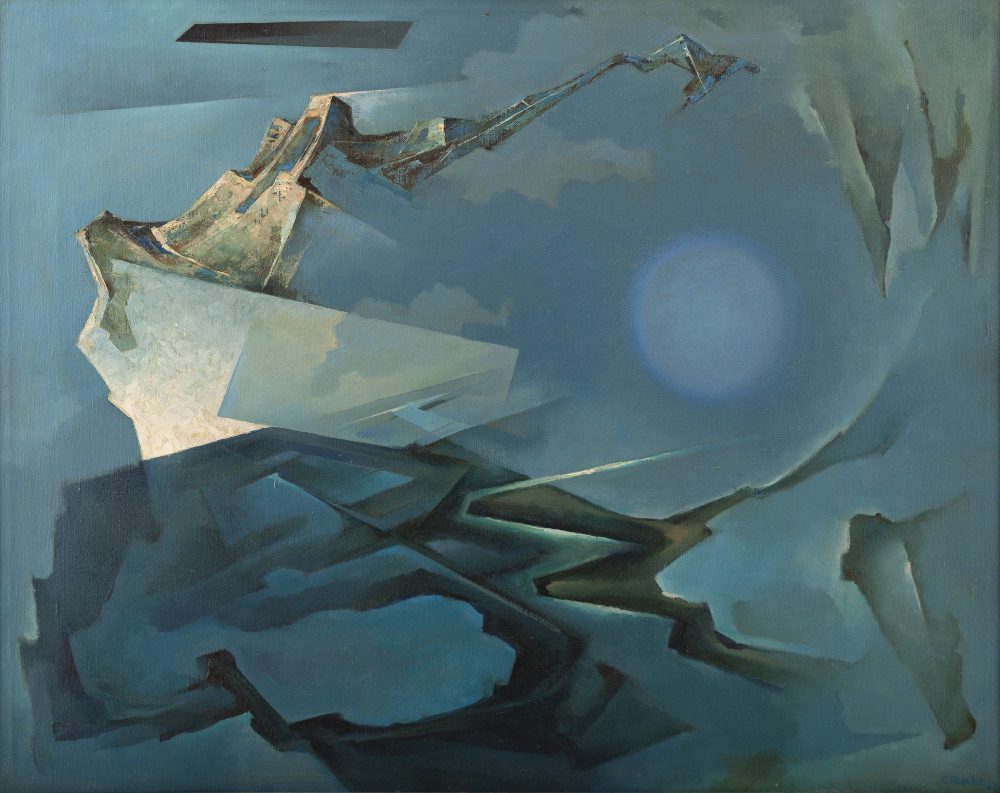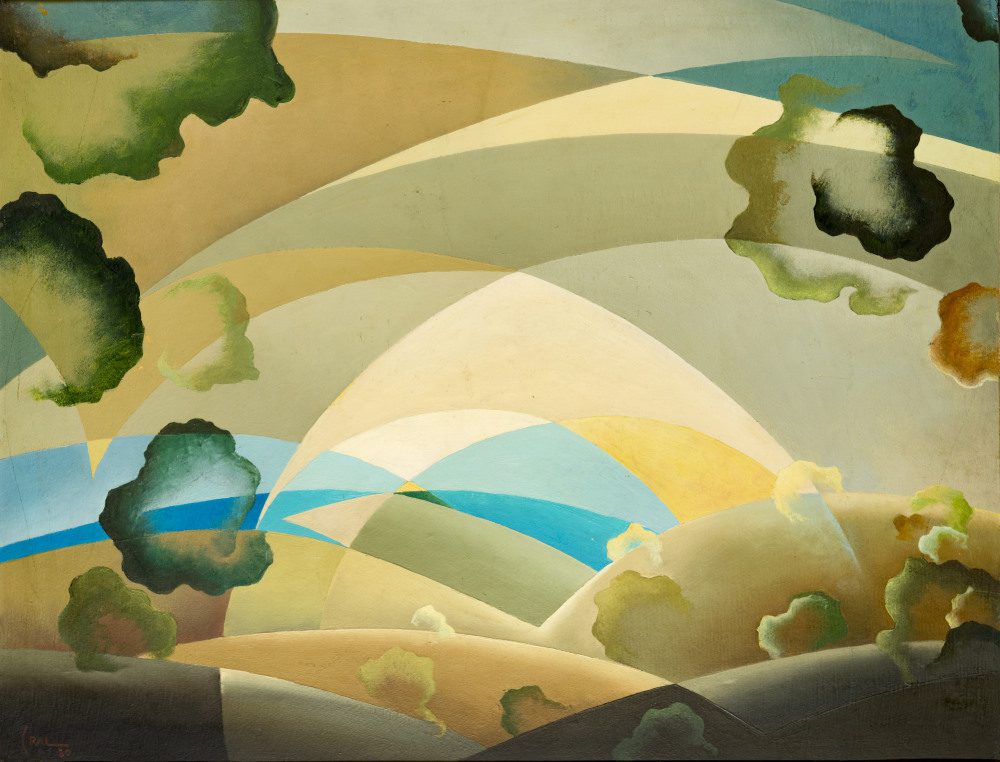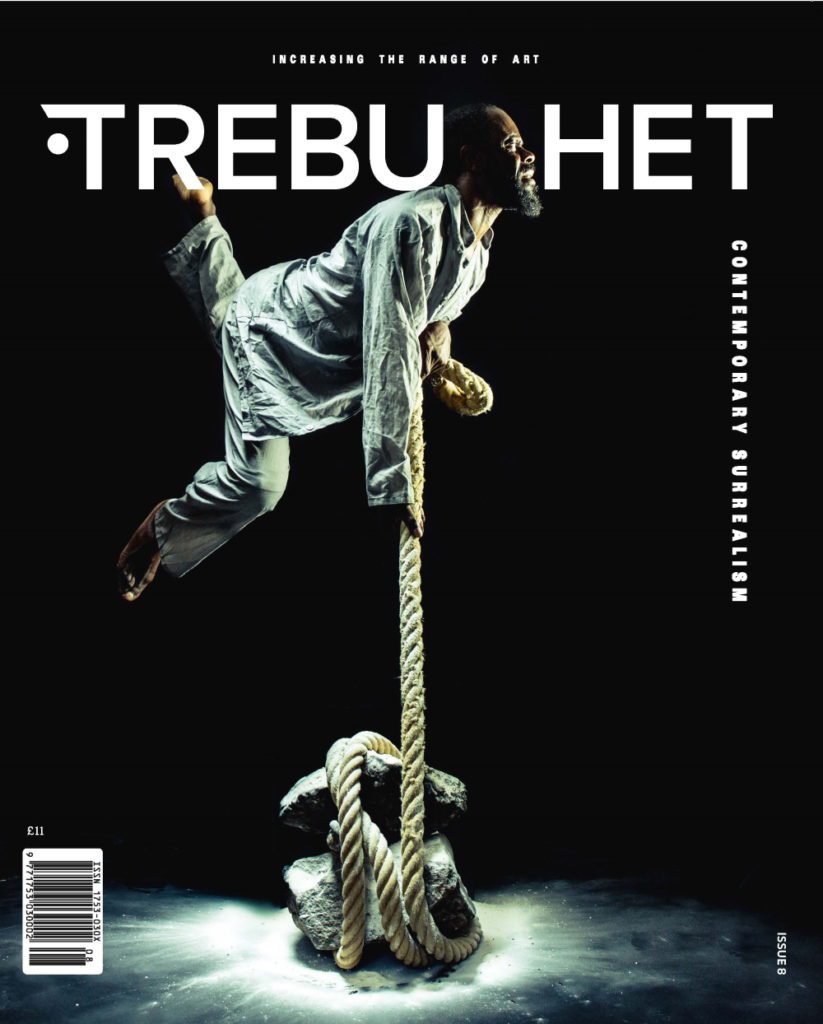Metempsychosis is a term to describe the transposition of the soul from one site to another. With its call to embrace technology as humanity’s saviour the futurist manifesto describes the transmigration of the soul, from base to sublime, through symbolic machinery.
In the aeroplane, futurists found a model for a perfect society where industry, art and power would be combined to unshackle the huddled masses from division, doubt, famine, and mediocrity. In our own time, the digital age is heralded as the future of our species and in order to reap the rewards in virtual life we must tender and tithe in the here and now. But how sure of our deliverance are we?

Messianic pronouncements aren’t unusual for artistic manifestos, where reactionary statements are the norm. What marks futurism out is that it was at least partially successful. Futurism ran from February 1909 with the publication of Manifesto of Futurism by Filippo Marinetti until his death in 1944, and it is futurism’s relationship with popular consciousness via fascism and the work of its most spectacular adherent, Tullio Crali, that brings us here. Crali was an evangelical painter who sought throughout his long career to describe a beautiful world as accurately as he could without falling back on terrestrial modes of thought. He was a relentlessly forward-looking artist who embraced technology as the new nature through which humanity might transcend the old. Futurism’s idolisation of youth, speed, violence and technology was ennobled and nuanced by Crali as he reimagined the soul unbound by flesh and realised as pure flight.

‘Art must be taken beyond the confines of the planet so that its transient character is not made ridiculous by terrestrial archaeology.’ – Crali Exploring futurism’s aim to create a liberating symbolic template as a way of digging humanity out from under the tyranny of the present, Crali’s work is a resplendent example of art that seeks to shape the world by reframing the soul—something any generation can appreciate, but is particularly pertinent in 2020 when the global political landscape has shifted towards populism and reformist cults of personality. For at least the last two centuries Western culture has revelled in the mythical promise of technology, golden heroes striding into space and healing the planet one cheap everlasting battery at a time. The heroes of the Italian fascist era were no exception. As flying aces they were avatars of technology, and the gleaming chrome of a beautiful future. The beauty and appeal of Crali’s work gives us an opportunity to study our relationship with the promises of technology as described by an artist who was able to distill the soul of technology as a spiritual concept. A concept that has at once dogmatic and fascistic tendencies, then as now, inseparable from its liberation theology and creative insight. But are we repelled by that darkness, or in its whispers are we drawn to what we really want to hear?

Futurism: Art Politics and the Manifest
Art and politics are difficult bedfellows. Art is a fluid conversation with reality where an artist defines the real. Their world is defined by imagination and constructs and, if sufficiently moving, this world is imparted onto the viewer. Politics on the other hand strives to enact a common reality driven by the fantasies of progress. They both ask ‘what if?’ with gravely different consequences. Bad art can ruin your day, whereas bad politics can end your life…

Tullio Crali: A futurist life
15 January 2020 – 30 August 2020
Located at 39a Canonbury Square, London N1 2AN, the closest Tube station is Highbury & Islington.
https://www.estorickcollection.com/

The aim of art is to represent not the outward appearance of things, but their inward significance. – Aristotle




















